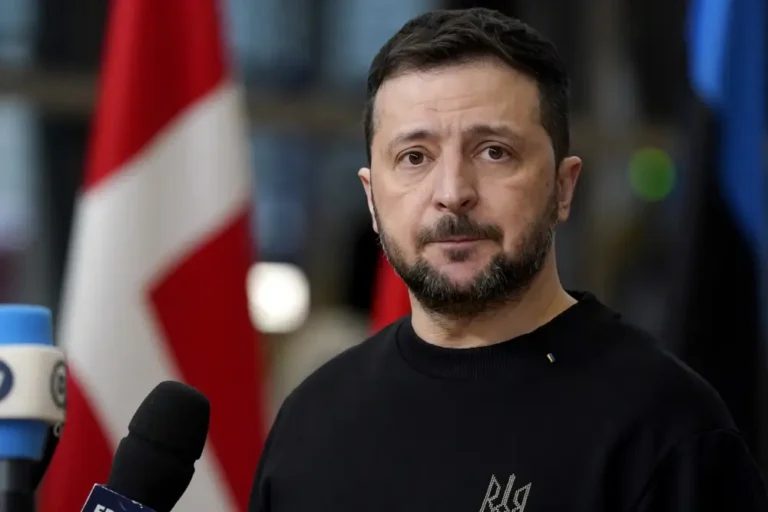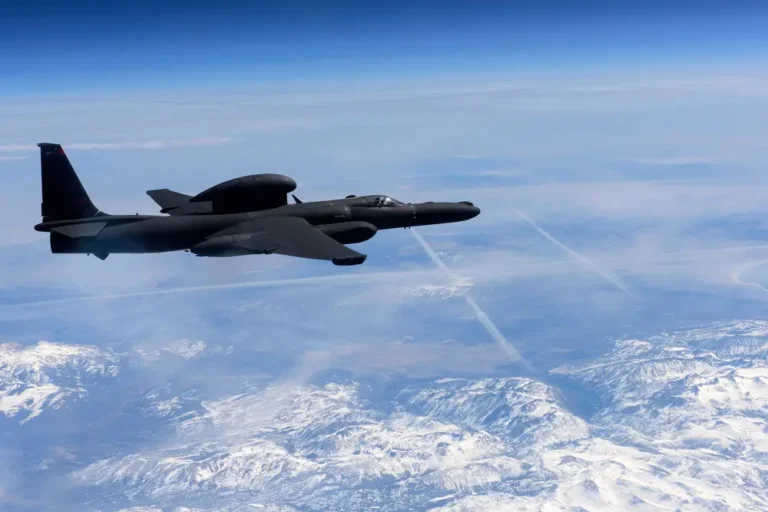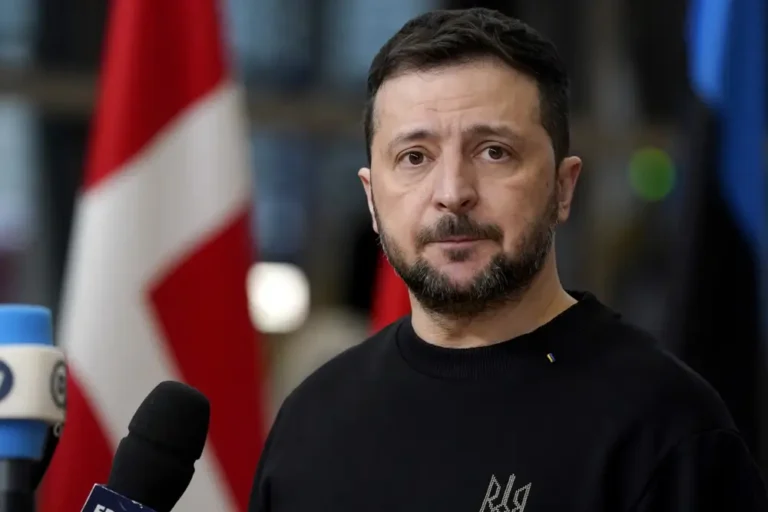Hezbollah may have enough missiles to breach Israel’s Iron Dome. But doing so could trigger its destruction.
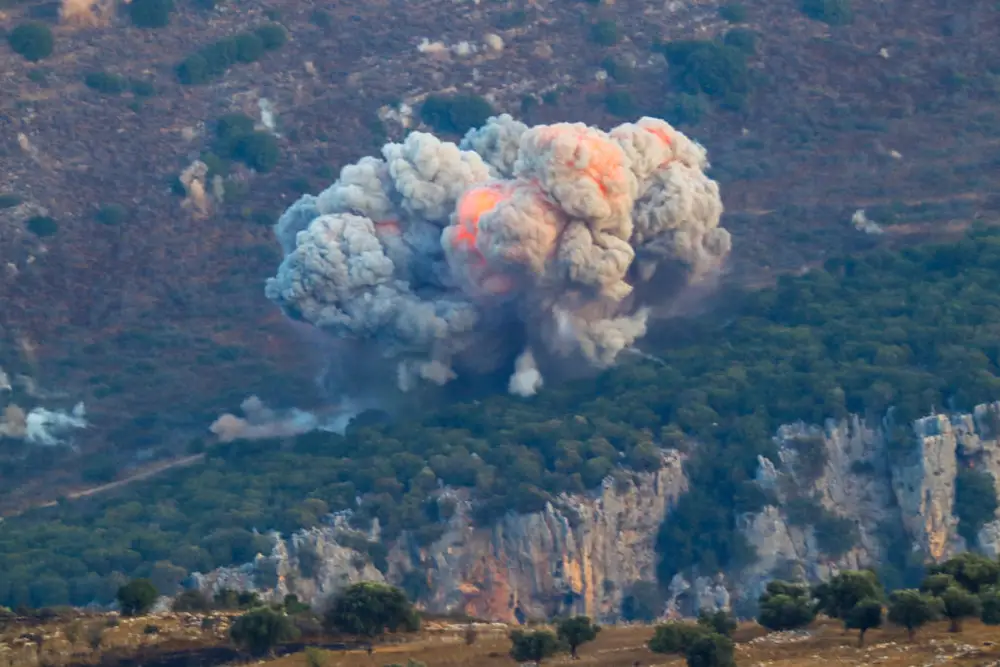
An Israeli airstrike in southern Lebanon this month. Israel has been stepping up its strikes on the country in recent days.
In recent weeks, Israel has inflicted a series of humiliating blows on the Lebanon-based militant group Hezbollah, reportedly planting explosives in its pagers, killing its top leaders, and raining missiles on its bases.
But at any moment, Hezbollah could strike back with a massive missile and drone swarm attack that could devastate Israeli forces and rapidly escalate the conflict, analysts say.
The Iran-backed group likely has stockpiles of up to 200,000 missiles, a report from March by the Center for Strategic and International Studies said.
That may be enough to overwhelm Israel’s Iron Dome air-defense system and inflict huge damage on the country’s cities and infrastructure, experts say.
“A war between Israel and Hezbollah, if it really goes into a war all out, will escalate very, very quickly,” William Wechsler, the senior director of the Rafik Hariri Center and Middle East Programs at the Atlantic Council, told B-17.
If Hezbollah takes that step, countries, including the US, would rapidly be dragged into the conflict as it spread across the entire region. That could result in the destruction of Hezbollah.
Israel’s dangerous bet
In the wake of the October 7 terrorist attacks on Israel by Hamas and Israel’s subsequent occupation of Gaza, clashes between Israel and Hezbollah across Israel’s northern border have steadily intensified.
The Lebanon-based group has kept up the pressure on Israel in solidarity with Hamas, firing missiles over the border that have forced thousands of Israelis to flee. Meanwhile, Israel has retaliated with strikes on southern Lebanon.
All the while, Israel’s allies, including the US, have sought to head off a wider conflict while deploying more troops to the region to deter Iran and its allies.
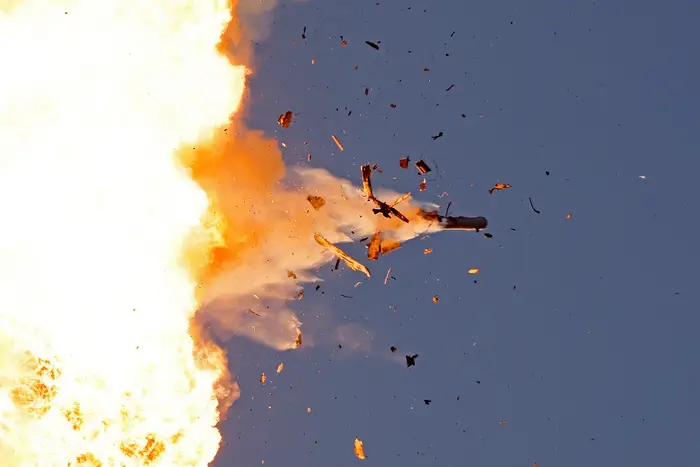
A Hezbollah drone intercepted by Israeli air forces over northern Israel.
But Israel is now taking the fight to Hezbollah, assassinating several of the group’s senior leaders in Beirut on Friday and launching missile attacks that Lebanese health authorities say have killed about 550 people.
“Israel has made the decision to escalate,” Wechsler said, and it knows that Hezbollah realizes that responding with full force could trigger a chain of events resulting in its destruction.
What US involvement means
It was after its 2006 war with Israel that Hezbollah started stockpiling weapons as a deterrent and a threat. With the help of Iran, it obtained not just missiles but also precision-guided weapons and air-defense systems.
But in a scenario in which Hezbollah uses them to their most devastating effect — which could kill tens of thousands of civilians, cause power blackouts, and devastate infrastructure — the Israel Defense Forces would have the capacity to strike back and exact massive damage on Hezbollah in response, Wechsler said.
In the event of a full-blown war, “we assess that at least some” Iron Dome batteries “will be overwhelmed,” an unnamed senior US official told CNN in June. Two unnamed US officials told the publication that Israel believed the Iron Dome could be vulnerable, particularly in the north.
The IDF did not immediately respond to a request for comment from B-17.
The Iron Dome is one of the most advanced defense systems in operation.
The system consists of an array of 10 mobile batteries that can be deployed across Israel. Each battery consists of three to four launchers carrying dozens of Tamir interceptor missiles and a sensitive radar, the US military Iron Dome contractor Raytheon Technologies says.
A breach of the Iron Dome could start a cycle of violence, with the US likely stepping in to defend Israel and avenge any loss of American lives in a Hezbollah strike, Wechsler said.
Iran could then get involved, fearing the destruction of its most powerful and important proxy group, and use its huge regional network of militias to strike US bases and allies across the region, he added.
It’s a chain of events Hezbollah and its backers in Tehran are likely highly wary of.
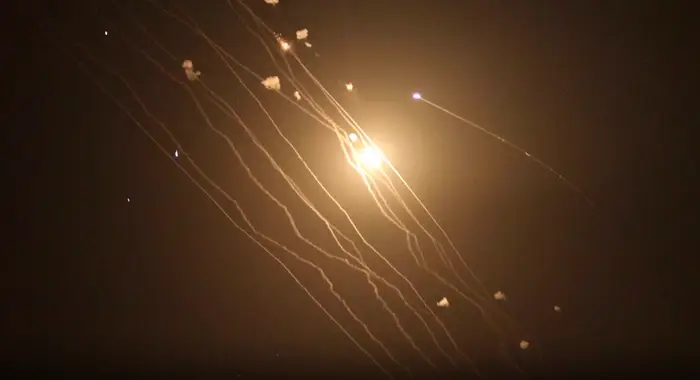
Israel’s Iron Dome repelling a barrage of rockets from Hezbollah. The Iron Dome is one of the most advanced defense systems in operation.
“The United States is not going to allow Israel to be put under existential threat. It’s not going to allow its partners in the Gulf to be put under existential threat,” Wechsler said.
“It makes much more sense logically for Hezbollah to back down, to go back to the status quo ante in some way,” he added.
One possibility, some reports have said, is that Israel is “escalating to de-escalate,” placing Hezbollah under intense pressure to secure a diplomatic agreement compelling it to step back farther from Israel’s borders, which could allow evacuated Israeli citizens to return.
For now, though, Hezbollah shows little sign of relenting, launching its first-ever attack early Wednesday near Israel’s capital, Tel Aviv. A missile that the group said was intended to strike Mossad’s headquarters was intercepted.
It’s a warning shot of the Hezbollah’s capabilities.
The danger of the unpredictable
But a huge danger is that the war may escalate in ways no one has predicted.
It’s unclear, for a start, exactly where Hezbollah draws its red lines that would trigger a mass missile and drone attack on Israel. Some analysts are speculating that Israel is preparing for a new ground assault on southern Lebanon to drive back Hezbollah.
This could be one of the triggers for Hezbollah to use its missile arsenals. Or it could decide that Israel has already crossed the red line with its bombardment campaign and be preparing an imminent strike.
“Just because it makes logical sense doesn’t mean it will happen,” Wechsler said of Hezbollah’s incentives to act with restraint.

